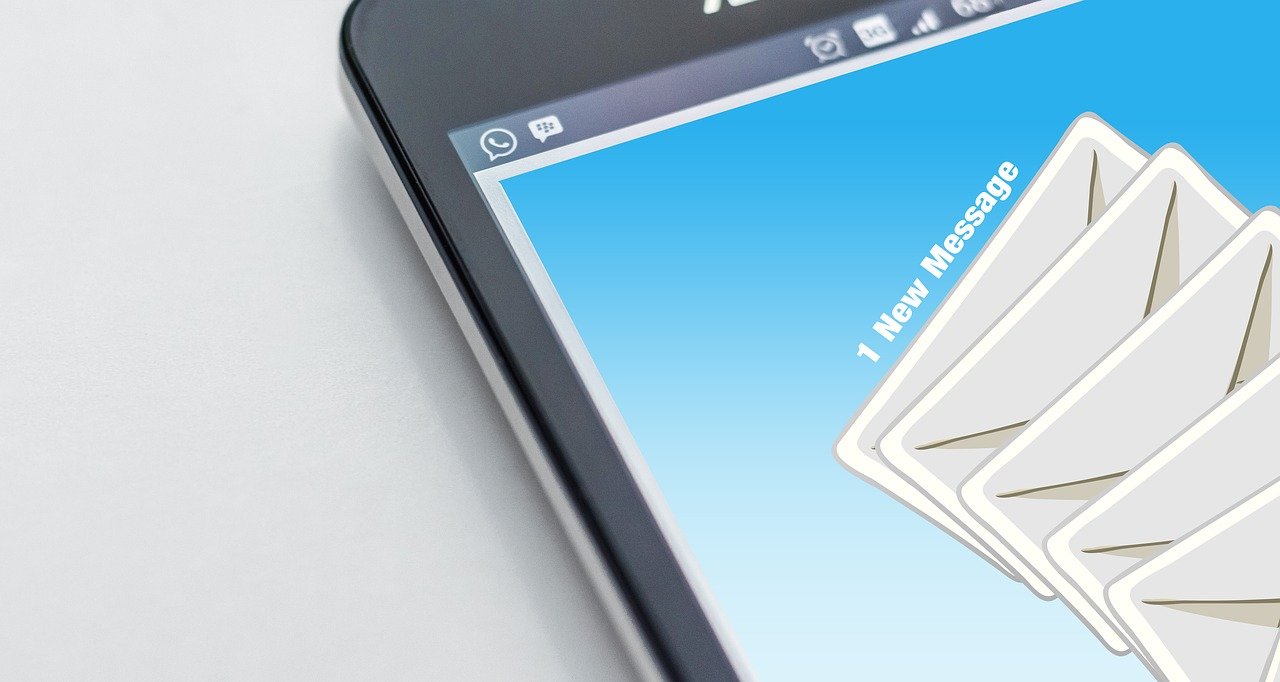Reaching our customers is the number one priority that every marketing team and business owner has. When we have the right strategy, we can get to your clientele with ease, help them learn about the basics of our brand, our current promotions, and hopefully, get them to acquire our services.
There are many different campaigns that are done digitally right now, and email marketing is one of the most popular ones. In this article, we are going to address one of the biggest issues that the marketing team faces – the bounce rate. Continue reading if you want to learn how email verification tools reduce the email bounce rate.
What is email bounce?
Before we delve in on how to solve this issue, let’s see what the bounce rate is and how it affects you. Well, as you already know, we need to get to our clientele if we want them to be interested in our brand, and this means opening the messages we’ve sent. However, when people need to sign up for our services, they are not always honest, and they sometimes give out fake addresses.
When we try to send a message to that address, our email will get sent back to us, and we will get a notification that the message was not sent. The number of messages that did not get sent and that got back to us shows the bounce, and we want this rate to be as low as possible. With email verification, you can reduce these rates, and you can make sure that your message reaches the right individuals.
We don’t want to spend resources trying to reach people who are not available or addresses that don’t exist. However, we can never be sure if our clients gave the correct address if they are still using it, and if they are going to receive the message in their inbox folder.
How can the tools prevent this?
To stop email bounce from happening, and to make sure we are targeting the right audience, we need to implement the proper tools that are going to help us with the issue. When you implement email verification tools, you can easily decrease the bounce rate percentage, and you will avoid sending messages to fake addresses or platforms that don’t exist anymore.
These tools and platforms can be set to detect if there are any spam addresses that were given out if they are valid or invalid, and they can detect if the mailbox is operational or if it is defective. By doing this, you will prevent sending your emails to mailboxes that are not functioning, and you will decrease the resources that you are spending on the tasks.
In addition to this, when you use email verification, you will be able to set your messages to be sent directly to the inbox of your clients, and you won’t risk your message being sent to spam directly. It is said that only a fraction of people check their junk mail, and chances are, you will not get any clicks if your mail does not end in the right folder.
How to choose the best platform
When it comes to choosing the right platform for email verification, you should know that currently, you have a lot of options to pick from. So, you should first think about your overall needs, the number of messages that you send every day or week, and if you want to get any additional features.
The email verification tools can help you clean your lists, they can help with email deliverability, and they can help you with the whole automation process. Explore different options, don’t forget to check out trial versions, and don’t rush when making these decisions.
The best platforms can help you lead a better campaign, they can help you reach a lot more customers, and they will improve your overall strategy. Prevent spending resources on fake mailboxes, and invest your money and effort in something that will make your brand better.



 Bitcoin
Bitcoin  Ethereum
Ethereum  Tether
Tether  XRP
XRP  Solana
Solana  USDC
USDC  TRON
TRON  Cardano
Cardano  Lido Staked Ether
Lido Staked Ether  Avalanche
Avalanche  Toncoin
Toncoin